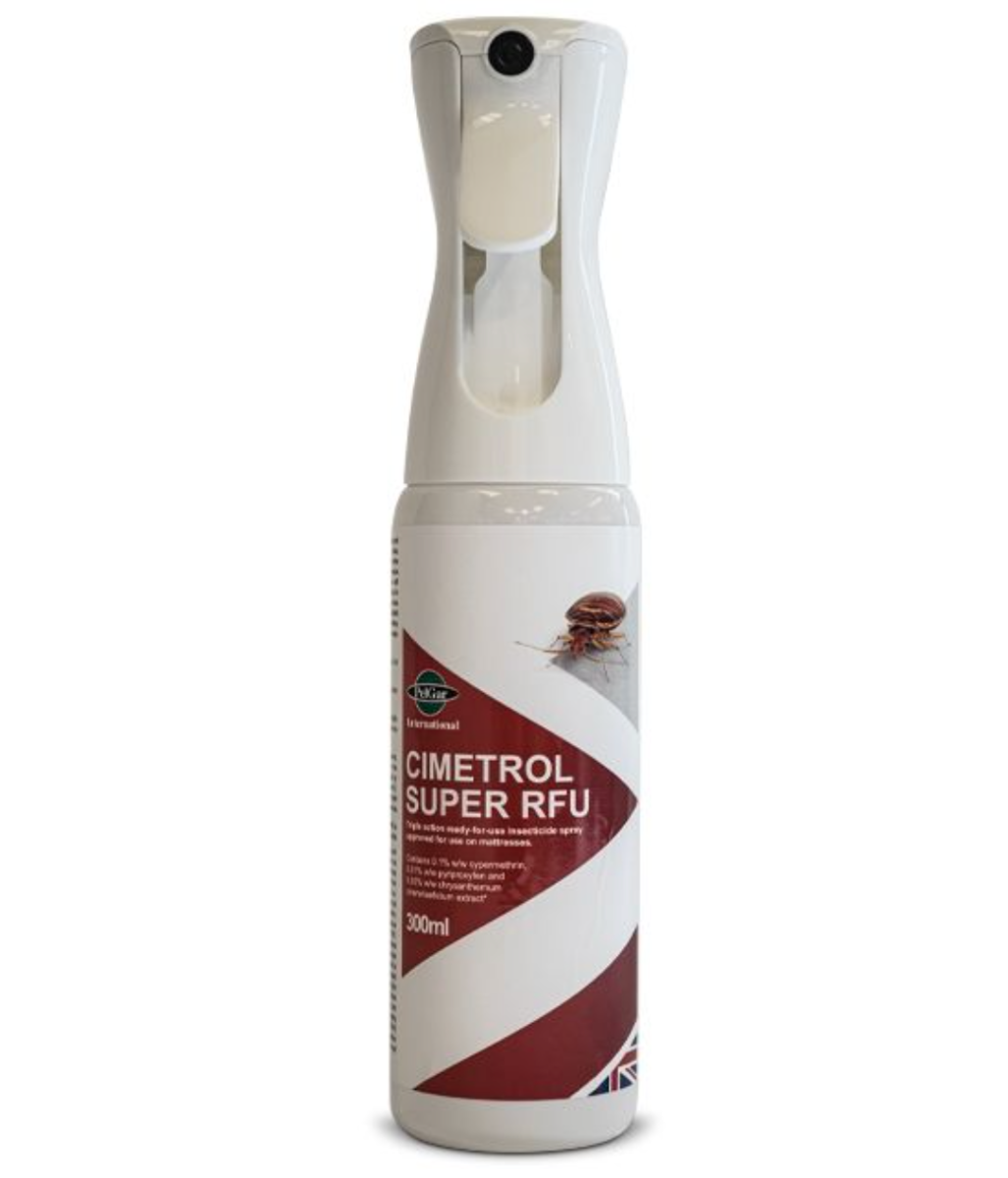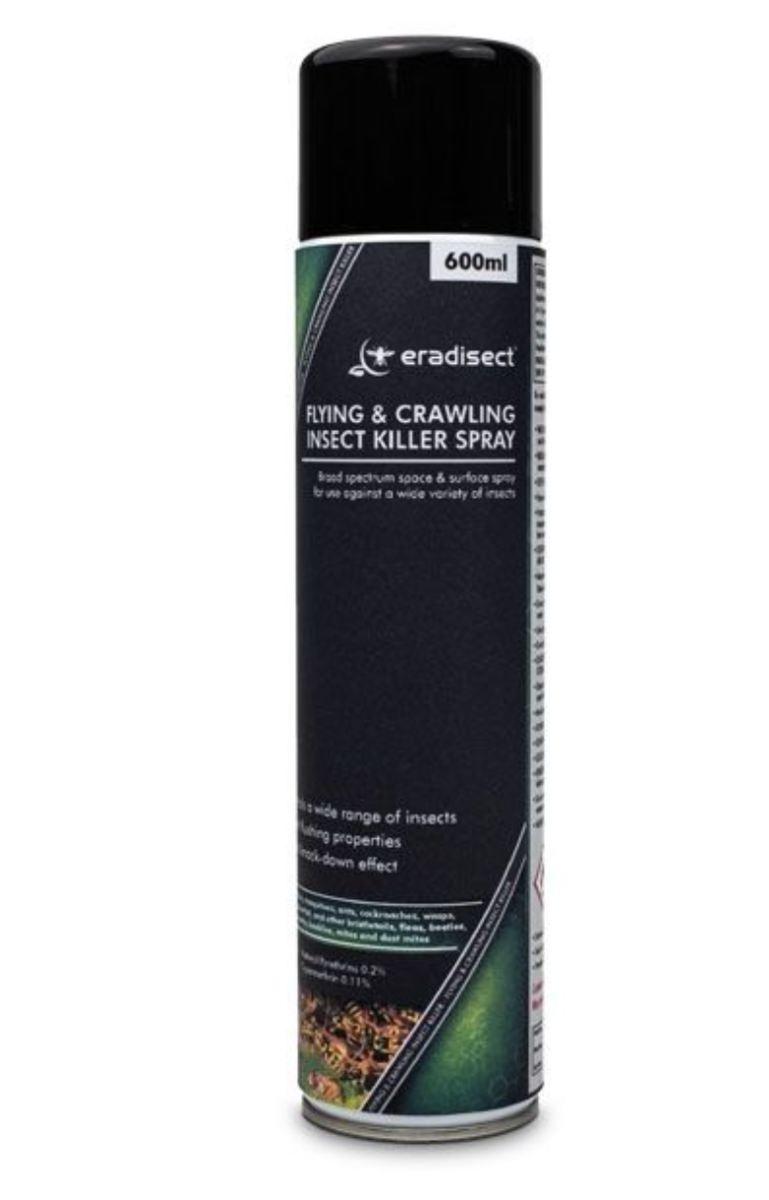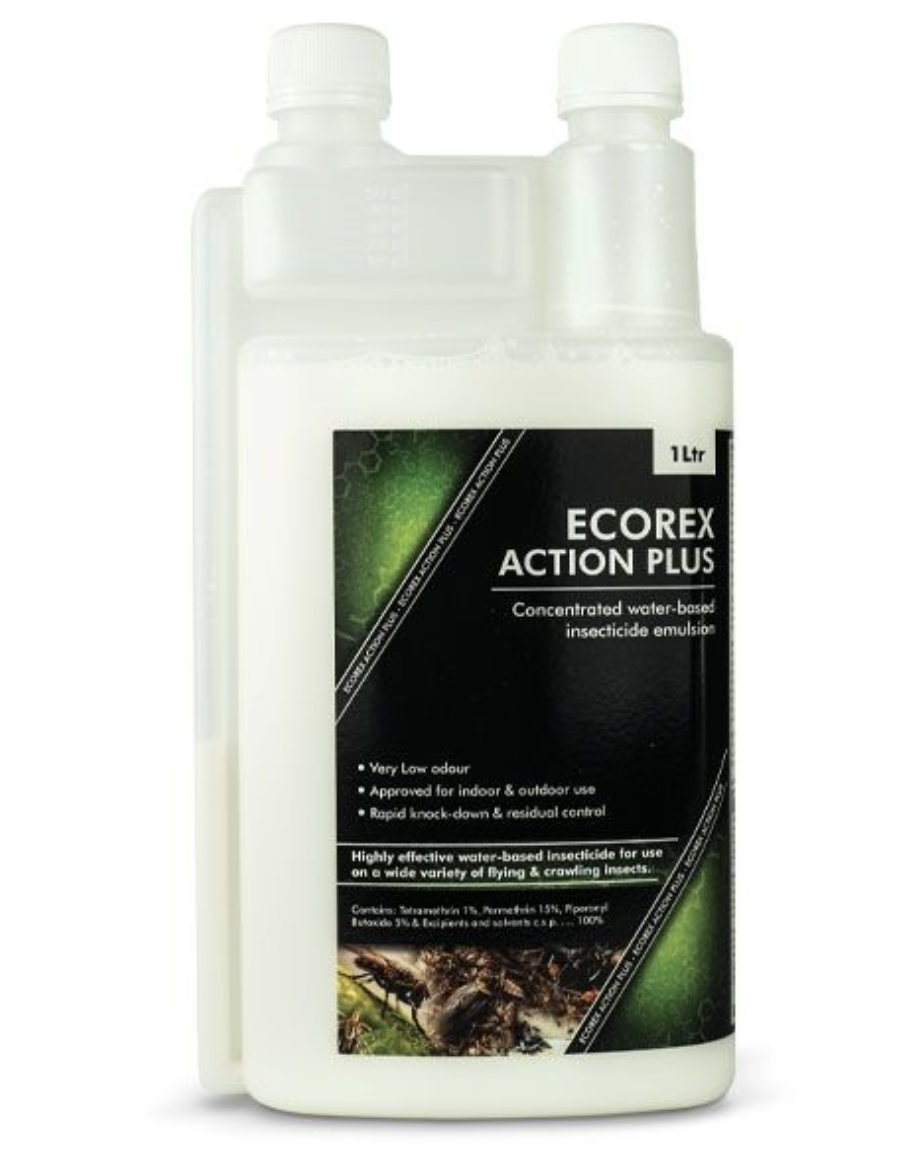Common Woodlouse (Porcellio scaber)
Common Woodlouse (Porcellio scaber)
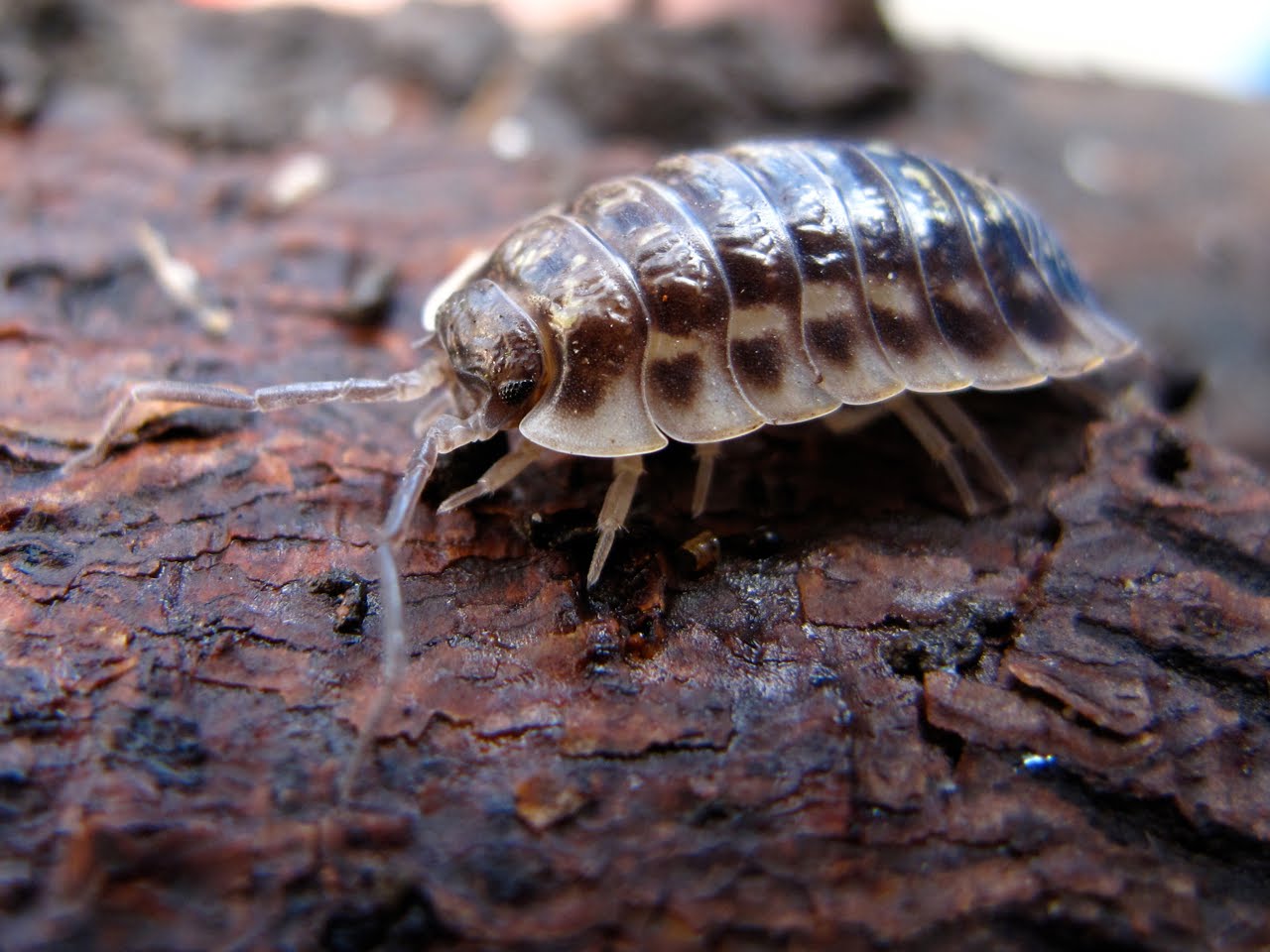 |
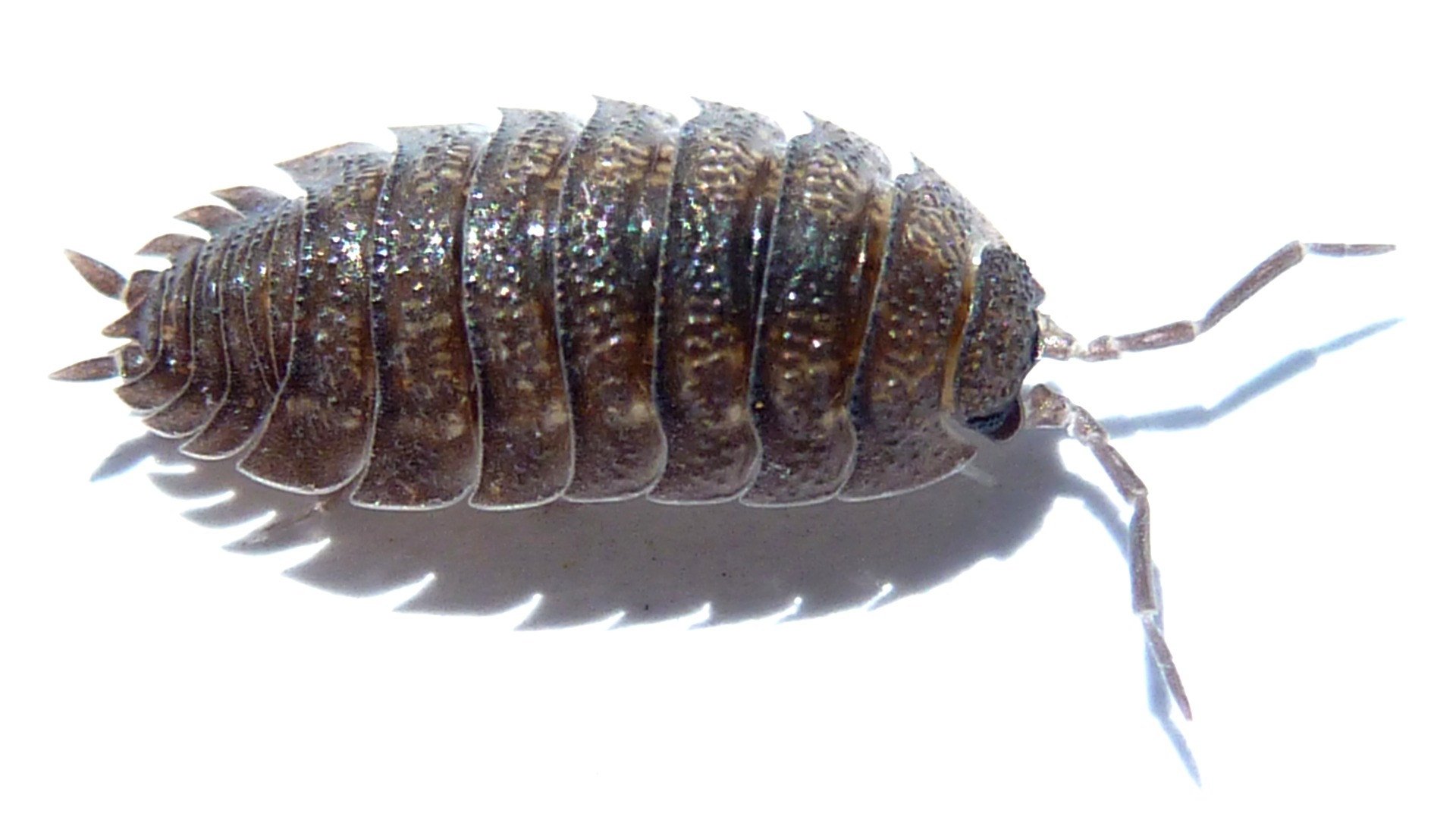 |
Identification:
The adult woodlice is about 15 mm in length, quite flat, and slate grey in colour. The woodlouse is not an insect but a crustacean that has 14 segment and 7 pairs of legs to its body, which gives the woodlouse the flexibility to be able to curl into a ball to protect itself from danger.
Biology:
After mating, females carry their fertilised eggs in a small brood pouch under their bodies. The young hatch inside the pouch and stay there until they are big enough to survive on their own. Their average lifespan is 3 – 4 years. Woodlice, like other crustaceans have gills and require moisture in order to survive.
Control:
Not considered a public health pest, woodlice only inhabit areas indoors where suitable damp conditions exist, such as cellars and around sink waste pipes, resolving the problem long-term will involve removing the underlying causes of the damp. Proofing of doors and removal of harbourages will discourage this casual intruder from entering buildings, wall/floor junctions can be treated with a residual insecticide labelled for crawling insects. Sealing cracks and crevices on the outside of a building and around doors with mortar or mastic will help to prevent woodlice coming in.
Products to control Common Woodlouse:
|
Cimetrol Super RFU (300ml) |
Eradisect Flying and Crawling Insect Killer (600ml) |
Ecorex Action Plus (1L) |

